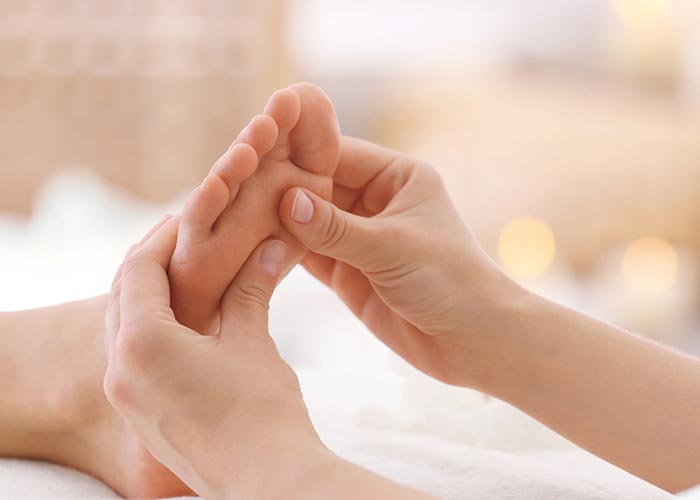Foot zoning is a holistic alternative therapy that uses the principles of reflexology and energy healing to promote physical, mental, and emotional well-being.
In foot zoning, the feet are seen as a map of the entire body, with each area of the foot corresponding to a specific organ, gland, or body part. By applying pressure to these areas, foot zoning practitioners aim to stimulate the body’s natural healing processes and restore balance to the body.

